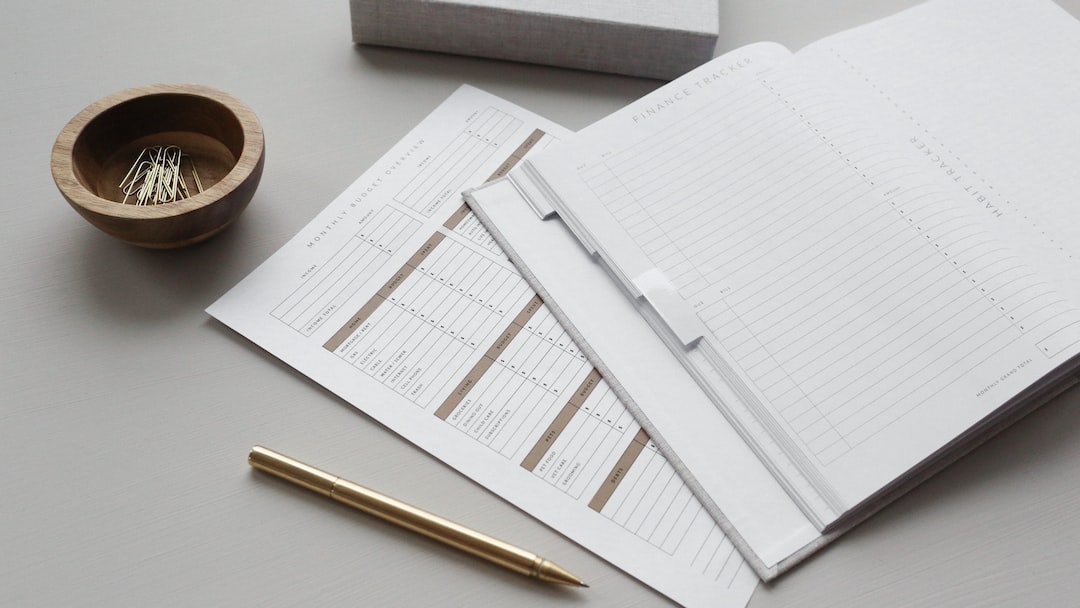Forex trading can be a complex and confusing process for beginners. There are many factors to consider, including market trends, economic indicators, and technical analysis. One of the tools that traders use to make sense of this information is the forex indicator. In this article, we will explore what forex indicators are and how to use them.
What are Forex Indicators?
Forex indicators are tools that traders use to analyze market trends and predict future price movements. They are mathematical calculations based on historical price and volume data. Forex indicators can be divided into two categories: leading and lagging indicators.
Leading indicators are used to predict future price movements. They are based on current market conditions and provide signals that indicate the direction of the market. Examples of leading indicators include the Relative Strength Index (RSI) and the Moving Average Convergence Divergence (MACD).
Lagging indicators are used to confirm trends that have already occurred. They are based on past market data and provide signals that indicate the strength of the trend. Examples of lagging indicators include the Moving Average (MA) and the Bollinger Bands.
How to Use Forex Indicators
Forex indicators can be used in many ways, depending on the trader’s strategy and style. Here are some of the most common ways to use forex indicators:
1. Trend Identification
One of the most common uses of forex indicators is to identify trends in the market. Traders use indicators like the Moving Average and the MACD to identify the direction of the trend. If the price is above the Moving Average, it is considered an uptrend, and if it is below, it is considered a downtrend.
2. Entry and Exit Signals
Forex indicators can also be used to provide entry and exit signals. For example, the RSI can indicate when a currency pair is overbought or oversold. When the RSI is above 70, it is considered overbought, and when it is below 30, it is considered oversold. Traders can use these signals to enter or exit a trade.
3. Confirmation of Price Action
Forex indicators can also be used to confirm price action. For example, if a trader sees a bullish candlestick pattern, they can use the MACD to confirm that the trend is indeed bullish. If the MACD is also showing a bullish signal, it provides additional confirmation that the price is likely to continue moving upward.
4. Risk Management
Forex indicators can also be used for risk management. Traders can use indicators like the Bollinger Bands to determine the volatility of a currency pair. If the Bollinger Bands are narrow, it indicates low volatility, and if they are wide, it indicates high volatility. Traders can adjust their position size and stop-loss levels based on the volatility of the market.
Conclusion
Forex indicators are essential tools for traders to analyze market trends and predict future price movements. There are many different types of forex indicators, and each one serves a specific purpose. Traders can use indicators for trend identification, entry and exit signals, confirmation of price action, and risk management. It is important to remember that forex indicators are not infallible and should be used in conjunction with other analysis tools. With practice and experience, traders can develop their own strategies and styles that incorporate forex indicators to improve their trading success.





